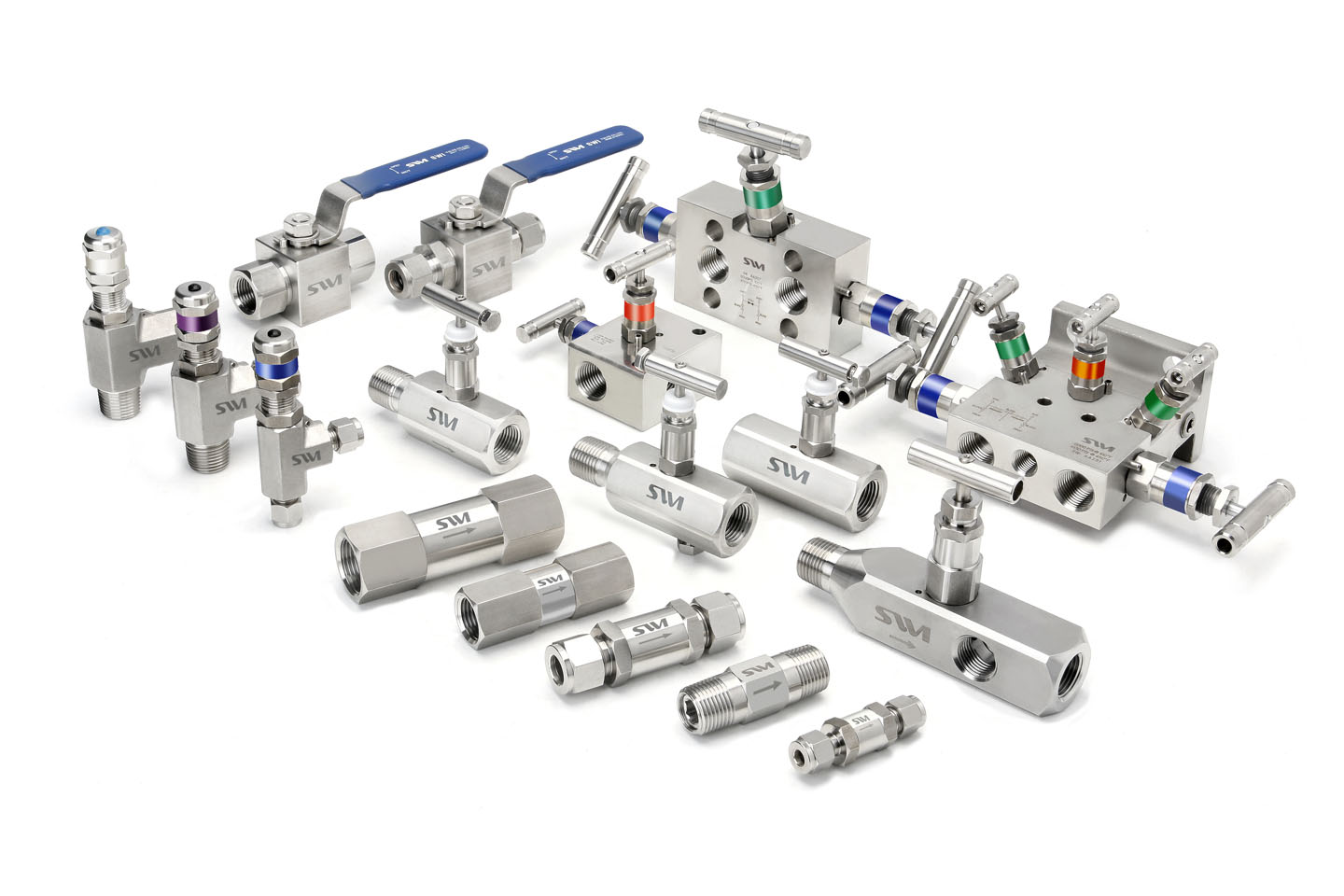Valves are essential for controlling the flow of fluids, gas, and even solid particles. In choosing the right valve for a particular application, various factors must be considered, such as the type of material used, the pressure, and the corrosion resistance of the valve. One of the most reliable options is the SDSS valve, made of super duplex stainless steel. Today, we will take a closer look at what SDSS valves are and how they work.
What are SDSS valves?
SDSS valves refer to valves made of super duplex stainless steel. This material is known for its high strength, corrosion resistance, and durability, even in harsh environments. The duplex structure of stainless steel provides increased strength while adding nickel, molybdenum, and chromium, among others, improves the corrosion resistance. SDSS valves are commonly used in offshore, chemical, and petrochemical applications, where they can withstand high pressures and temperatures.
How do SDSS valves work?
SDSS valves control the flow of fluids or gases in a piping system. They do this by opening or closing the valve’s disc or plug to change the flow rate or direction. The valve’s stem is rotated or moved linearly by an actuator, which can be manual, electric, or pneumatic. SDSS valves can be designed for various applications, such as gate, globe, ball, or check valves. In addition, they can be customized with different seals, coatings, and trims to suit specific requirements.
Advantages of using SDSS valves
One of the most significant advantages of using SDSS valves is their superior corrosion resistance. They can withstand harsh environments, including seawater, acidic or alkaline solutions, and high temperatures. In addition, they have excellent mechanical properties, including high strength and toughness, making them suitable for high-pressure applications. SDSS valves are also easy to maintain and have a long service life, reducing the overall cost of ownership.
What are the challenges of using SDSS valves?
Despite their many advantages, SDSS valves come with some challenges. For one, they are more expensive than other materials due to their exceptional properties. As a result, they may not be suitable for certain applications requiring lower budgets. Additionally, SDSS valves require specialized welding and fabrication techniques, making them less accessible than other materials. Finally, some applications may require other materials to meet specific requirements that SDSS valves cannot fulfil.
Where are SDSS valves commonly used?
SDSS valves are commonly used in offshore and subsea oil and gas applications, where they can withstand harsh sea conditions. They are also ideal for chemical and petrochemical applications, where corrosion resistance and high strength are essential. SDSS valves can be used for various processes, such as fluid, gas, or steam control, and are often found in pipelines, refineries, and chemical processing plants.
Conclusion:
SDSS valves are made of super duplex stainless steel, known for their high strength, corrosion resistance, and durability. They control the flow of fluids or gases in a piping system and can be customized to suit specific requirements. While they come with some challenges, including cost and specialized welding, SDSS valves are an excellent option for applications requiring high pressure and harsh environments.



